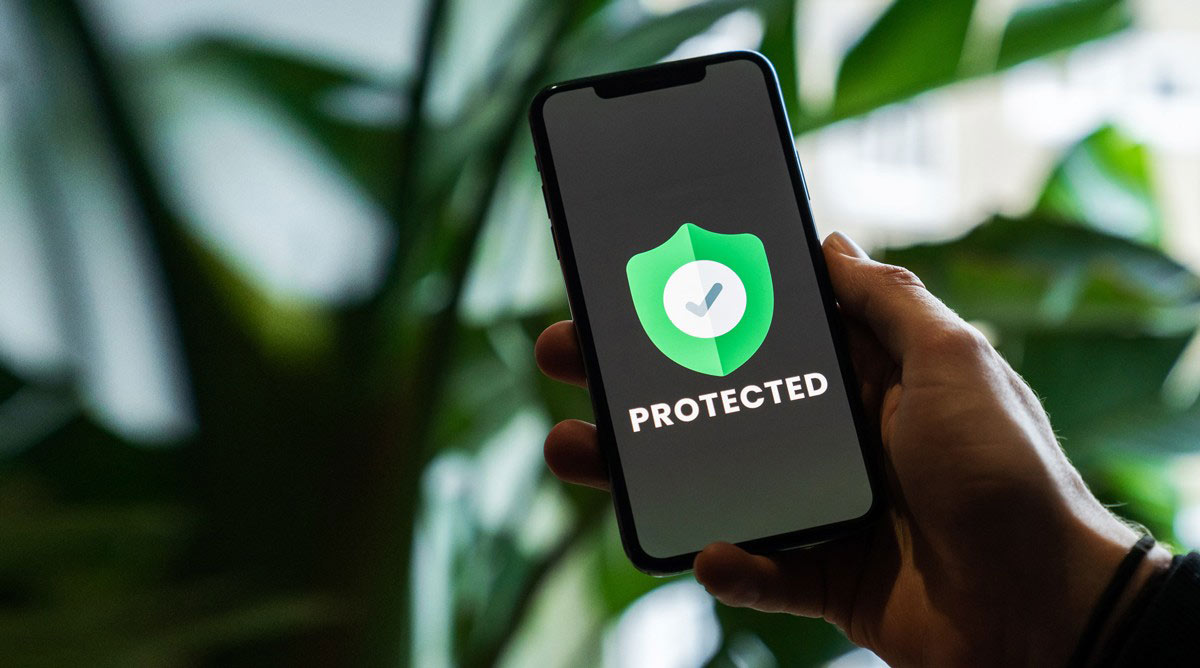Stay Alert: Help Keep Your Business Safe Online
- What types of online security issues might affect my business?
- How can I help keep my business secure online?
- How can I help keep my business’ devices safe?
Think of the locks on your house. They’re there to protect your personal things like your TV, your passport, and sometimes your actual human body.
Now, even if you can’t store physical stuff online (because that’d be impossible), you still need to protect potentially critical data: credit card numbers, employee IDs – even your customers’ account info.
If your business’ data isn’t stored securely, it can be compromised, which might lead to some serious situations for you, your employees, and your customers.
Over half of all cyberattacks affect small-to-medium businesses, forcing many to close. And that’s in addition to the personal consequences, like creat card fraud, tax fraud, and identity theft.
Securing your business is an ongoing process, but it shouldn’t put you in the panic room. There are some initial steps you can take to help stay safe.
Start by making your passwords strong. They’re your first defence against information interlopers who might try to get all up in your business (literally).
Each important account your email, online booking, etc. needs its own unique password. That way, if one gets compromised, you only have to handle a single issue, rather than trying to reclaim your whole life.
It’s not enough just to have unique passwords, though. Make them loooooong and complex, using capital and lowercase letters, numbers, and special characters. Remember the more complex, the harder to crack.
If you forget your password, you’ll want a good recovery option. Linking a second email or mobile phone to an account means you’ll get a message when you or someone else tries to alter your info, so you can verify the request is legitimate.
Strong passwords are particularly important for the system and services that store data for your services, payroll, customer data, and email. Still, good passwords are only one part of helping keep you secure.
Businesses aren’t just susceptible to password hacks. Lots of attacks come through email, so you need to know how to fight the forces of “phishing”.
Phishing is when a hacker cloaks messages to look like they come from a bank, a business partner, or a government agency. The emails seem so official, you might think they’re legitimate. But, really, something’s crooked.
To help fight phishing, examine your emails. Urged to click a link and enter your account information? Someone telling you that one of your accounts has been compromised? These types of requests should raise a red flag.
Email attachments also carry risks, since hackers can add otherwise standard files with code that corrupt your business (AKA malware). Make sure you know why you’ve been sent something before thinking it’s trustworthy.
Email can also be forwarded or shared without your consent, which is like if the post office gave your packages to that nosy neighbour.
See, hackers might secretly set up your email to forward to another address that they control. It’s not very nice, but it happens.
Periodically check your email settings and look at whether your email is forwarding to anywhere unusual or if an unauthorized party has access to your account.
While you’re checking your setting, take a minute to see if your email setting has a “details” section, where you can see where people have been accessing your account. If something looks odd, change your password pronto.
When you’re signing into an email or really any site make sure the web address begins with https:// (and not just http://), which is more resistant to snooping.
Now, for the devices that house your data, there are some easy ways to help deter snoopers from getting their hands on your stuff.
Set your phone, laptop, and tablet to lock automatically when they’re idle. If you lose your devices, they’ll be in a fairy-tale-level slumber, and only you’ll have the magic to wake them up.
You can adjust your security settings in your device’s system preferences. If you need to create a PIN code, make it something that only you’d know (not just the 123456)
Lastly, don’t just follow these steps yourself. Schedule ongoing training for your employees, make sure they understand what’s out there and can tell you if they’ve noticed anything. Safety in numbers, right?
Things to help keep your business safe:
- Creating unique passwords for each important site
- Changing your passwords regularly
- Maintaining strong password-recovery options
- Double-checking before opening links and attachments
- Linking your mobile phone to your important accounts
- Setting your devices to lock when not in use
- Scheduling security training for your employees
References: Google Webmasters, Think With Google, Google Primer





